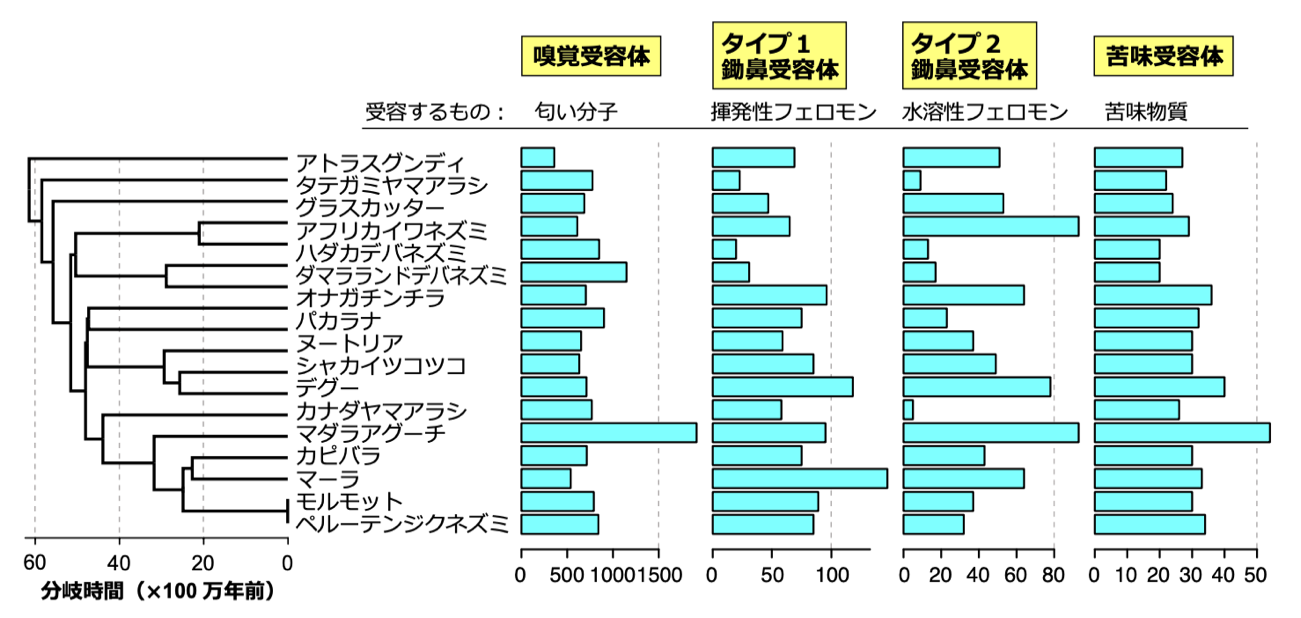2024-04-22 レンセラー工科大学 (RPI)
<関連情報>
- https://news.rpi.edu/2024/04/22/rensselaer-researcher-finds-frog-species-evolved-rapidly-response-road-salts
- https://onlinelibrary.wiley.com/doi/full/10.1002/ece3.11069
淡水の塩水化と両生類の進化した耐性 Freshwater salinization and the evolved tolerance of amphibians
Rick Relyea, Brian Mattes, Candace Schermerhorn, Isaac Shepard
Ecology and Evolution Published: 12 March 2024
DOI:https://doi.org/10.1002/ece3.11069

Abstract
The increasing salinization of freshwaters is a growing environmental issue as a result of mining, agriculture, climate change, and the application of de-icing salts in regions that experience ice and snow. Due to narrow osmotic limits, many freshwater species are particularly susceptible to salinization, but it is possible that repeated exposures over time could favor the evolution of increased salt tolerance. Using collected nine populations of larval wood frogs (Rana sylvatica) as eggs from ponds and wetlands with close proximity to roads and spanning a wide gradient of salt concentrations. In the first experiment, we used a time-to-death experiment to examine the salt tolerance. In a second experiment, we examined whether population differences in salt tolerance were associated with trade-offs in growth, development, or behavior in the presence of control water or a sublethal salt concentration. We found that populations collected from ponds with low and intermediate salt concentrations exhibited similar tolerance curves over a 96-h exposure. However, the population from a pond with the highest salt concentration exhibited a much higher tolerance. We also found population differences in growth, development, and activity level among the populations, but these were not associated with population differences in tolerance. In addition, the sublethal concentration of salt had no impact on growth and development, but it did cause a reduction in tadpole activity across the populations. Collectively, these results provide further evidence that some species of freshwater organisms can evolve tolerance to increasing salinization, although it may only occur under relatively high concentrations and without trade-offs in growth, development, or behavior.


